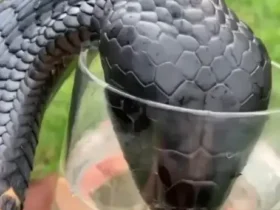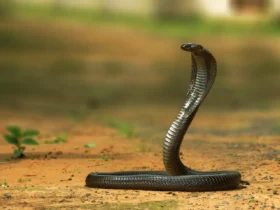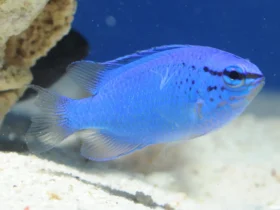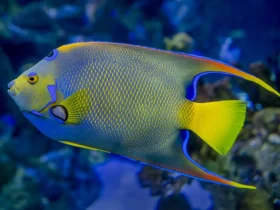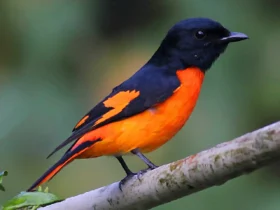Our planet’s animal kingdom is filled with numerous intriguing phenomena that we have yet to fully explore. Among them are species capable of producing substances that can induce hallucinations in humans, sometimes even leading to fatal consequences.
Sonoran Desert Toad (Incilius alvarius)
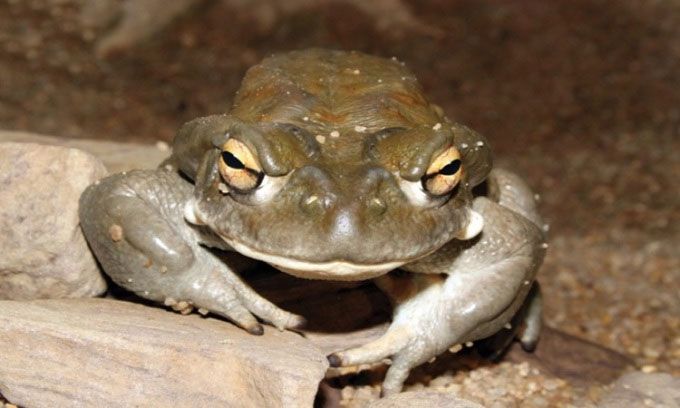
Habitat: Sonoran Desert in the southwestern United States and northern Mexico
The Sonoran Desert Toad, also known as the Colorado River Toad, is one of the largest toad species in North America. It secretes an enzyme that transforms bufotenine, a compound found in many other toad species, into 5-MeO-DMT (5-methoxy-N,N-dimethyltryptamine). This powerful hallucinogenic compound is closely related to the psychedelic substance DMT. The Sonoran Desert Toad releases a mixture of toxins containing 5-MeO-DMT from glands located behind each eye and on its legs. Ingesting a large quantity of these toxins can induce nausea, cardiac arrest, and even death. Scientists are still uncertain why the Sonoran Desert Toad produces 5-MeO-DMT, as it is the only known species of toad to do so.
Giant Monkey Tree Frog (Phyllomedusa bicolor)
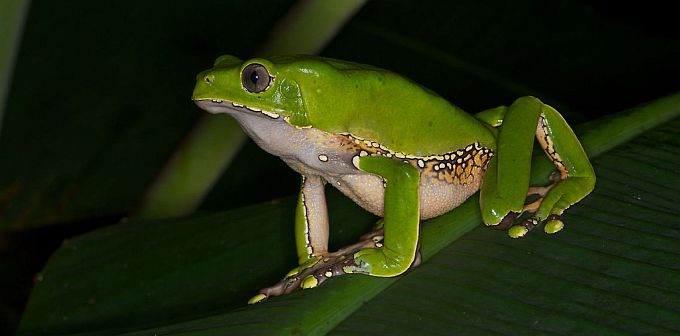
Habitat: Amazon basin in South America
There is ongoing debate among researchers regarding whether the toxic secretion of the Giant Monkey Tree Frog, known as kambô, can be classified as a hallucinogen. Indigenous communities in the southwestern Amazon have used the frog’s skin secretion for centuries in their shamanic rituals. The secretion is often applied to small burns and superficial wounds to enhance endurance in hunters.
When predators attempt to consume the frog, kambô can induce symptoms such as nausea, seizures, and changes in heart function. Scientists are still decoding the unique compounds present in the frog’s secretion, as they have identified over 200 short protein segments that could potentially affect bodily functions. Some of these compounds hold promising potential for future medicinal applications.
California Harvester Ant (Pogonomyrmex californicus)
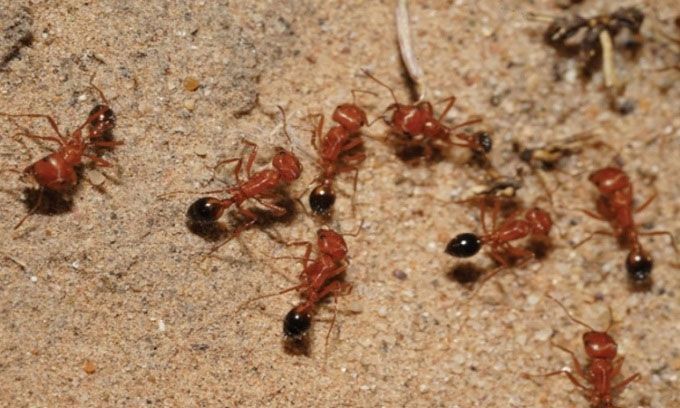
Habitat: Southwestern United States and northern Mexico
The venom of the California Harvester Ant contains enzymes. Native people from central California have consumed these ants as part of their religious ceremonies. They would swallow hundreds of live ants rolled into a ball using eagle down. Naturally, they would be stung from the inside. According to Justin Schmidt, an entomologist from the Southwestern Research Station and the University of Arizona, Tucson, the pain caused by multiple ant stings, combined with extreme cold weather, fasting, and sleep deprivation in some cases, can induce hallucinations in humans.
The venom of a single harvester ant is potent enough to kill a small mouse, and a human can die from consuming 1,000 ants. However, some animals like the Regal Horned Lizard (Phrynosoma solare) have a slimy saliva and digestive system that allows them to consume hundreds of ants. Compounds in their blood can neutralize the ant venom.
Dreamfish (Sarpa salpa)
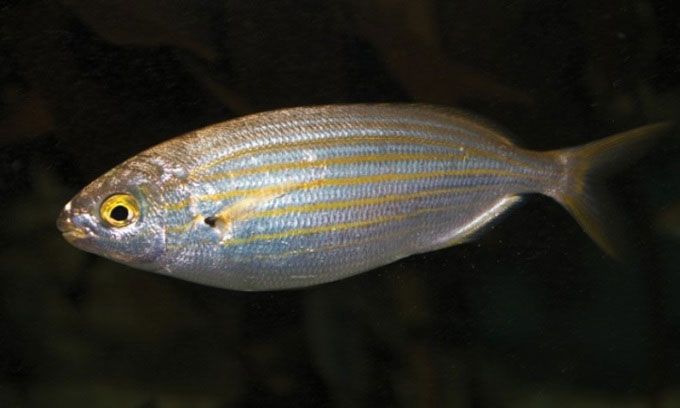
Habitat: Temperate and tropical coastal waters from the Atlantic coast of Africa to the Mediterranean Sea
The Dreamfish is known to potentially cause visual and auditory hallucinations when consumed, although such cases are rare. Two cases of hallucinogenic poisoning from eating this fish were documented in a 2006 issue of Clinical Toxicology. In one case, a man experienced hallucinations of screaming animals and giant joint-legged creatures circling his car after consuming grilled dreamfish. The symptoms disappeared approximately 36 hours after the patient consumed the fish.
